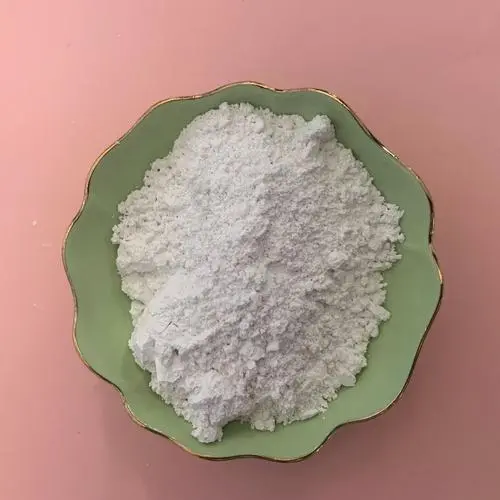
Exploring the Applications and Benefits of Iron Powder in Various Industrial Processes
The Versatility and Applications of Iron Powder
Iron powder, identified by its CAS number (Chemical Abstracts Service) dedicated to various forms and specifications, is a finely divided form of iron that plays a crucial role in numerous industrial applications. It has become a vital material in sectors ranging from metallurgy to chemical processing and even in the automotive industry. This article explores the properties, production methods, and diverse applications of iron powder, highlighting its significance in modern manufacturing and technology.
Properties of Iron Powder
Iron powder is characterized by its high purity, fine particle size, and uniform distribution. Typically, it has a particle size ranging from a few micrometers to several hundred micrometers, allowing for a large surface area that enhances its reactivity. The powder can be produced in various grades, each tailored for specific applications, which can influence its density, flowability, and compaction properties. Moreover, being a transition metal, iron exhibits magnetic properties, making iron powder an essential component for magnetic materials and applications.
Production Methods
The production of iron powder primarily involves two methods reduction and atomization. In the reduction method, iron oxide (like hematite or magnetite) is subjected to a reducing atmosphere, usually hydrogen or carbon monoxide, leading to the conversion of iron oxide into metallic iron powders. This method allows for the production of high-purity powders but can be time-consuming.
Atomization, on the other hand, involves the melting of iron and then disintegrating it into fine droplets using high-pressure gas or water jets. This process cools the droplets rapidly, solidifying them into iron powder. Atomization is beneficial for producing high-quality iron powder in a continuous process, accommodating various specifications and applications.
iron powder cas

Applications of Iron Powder
The uses of iron powder are extensive and varied. In metallurgy, it serves as a crucial raw material for producing sintered metals, which are known for their excellent strength and durability. It is often used in the production of components such as gears, bearings, and structural parts. The ability to form complex shapes without extensive machining benefits industries where precision and material conservation are critical.
In the field of chemical processing, iron powder is employed as a reducing agent in chemical reactions, thanks to its reactivity. It plays a role in pharmaceuticals, where it facilitates specific reactions that are pivotal for drug formulation. Additionally, iron powder is utilized in the production of specialty chemicals and in wastewater treatment processes.
The automotive industry also significantly benefits from iron powder. It is used to manufacture components such as brake pads and clutch discs, which require high wear resistance and rust protection. Furthermore, the magnetic properties of iron powder make it indispensable in producing magnetic materials for electrical applications, including transformers and inductors.
Lastly, iron powder is making its mark in the field of additive manufacturing (3D printing). In this innovative arena, metal powders such as iron are used to create complex components layer by layer, significantly reducing material waste while allowing for intricate designs that would be impossible with traditional methods.
Conclusion
Iron powder is a multifaceted material with vast industrial applications due to its unique properties and adaptability. Its significance in metallurgy, chemical processing, automotive manufacturing, and cutting-edge technologies such as additive manufacturing underscores its essential role in modern industry. As research progresses and technology evolves, the potential for new applications of iron powder continues to expand, promising brighter prospects for this unassuming yet remarkably versatile material.
Share
-
Fly Ash Solutions Enhanced by GPT-4 Turbo | Sustainable InnovationNewsAug.01,2025
-
Natural Premium Bentonite Cat Litter - Superior ClumpingNewsJul.31,2025
-
Premium Resin Coated Sand - High Heat Resistance CastingNewsJul.31,2025
-
High Quality Silicon Carbide Grit for Abrasive ApplicationsNewsJul.30,2025
-
High-Quality Ceramsite for Plants & Gardening | Lightweight PebblesNewsJul.29,2025
-
Premium Burgundy Glass Marbles for Vases & Shooter GamesNewsJul.29,2025






